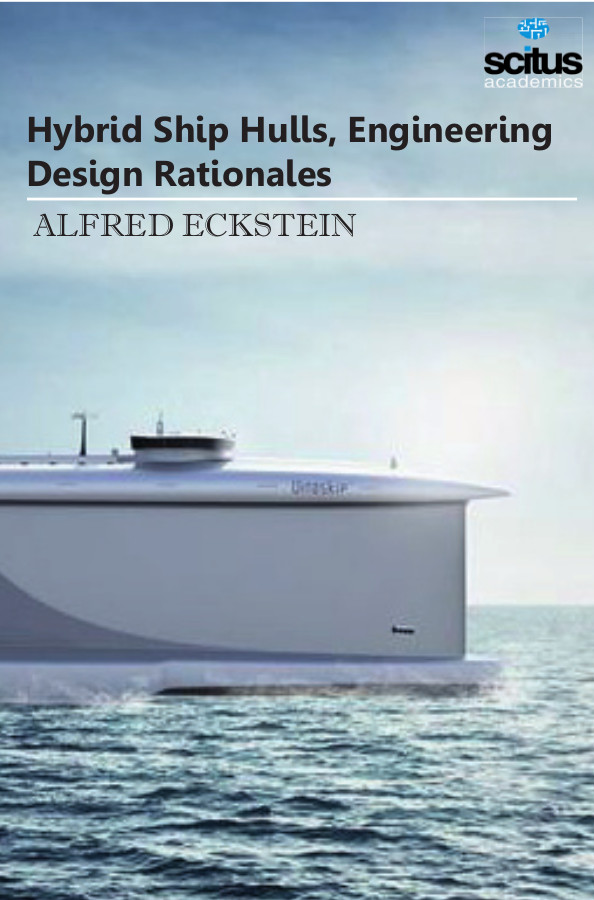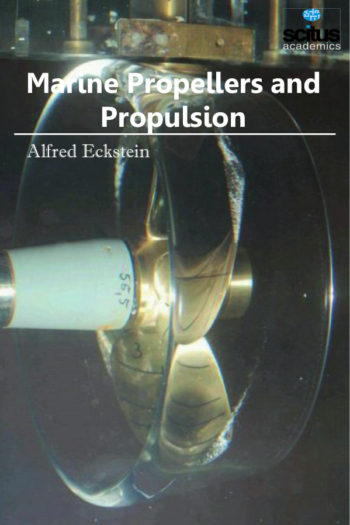A hull is the watertight body of a ship or boat. Above the hull is the superstructure and/or deckhouse, where present. The line where the hull meets the water surface is called the waterline. The structure of the hull varies depending on the vessel type. In a typical modern steel ship, the structure consists of watertight and non-tight decks, major transverse and watertight members called bulkheads, intermediate members such as girders, stringers and webs, and minor members called ordinary transverse frames, frames, or longitudinals, depending on the structural arrangement. The shape of the hull is entirely dependent upon the needs of the design. Shapes range from a nearly perfect box in the case of scow barges, to a needle-sharp surface of revolution in the case of a racing multihull sailboat. The shape is chosen to strike a balance between cost, hydrostatic considerations (accommodation, load carrying and stability), hydrodynamics (speed, power requirements, and motion and behavior in a seaway) and special considerations for the ship’s role, such as the rounded bow of an icebreaker or the flat bottom of a landing craft.
The book Hybrid Ship Hulls, Engineering Design Rationales provides an overview of cutting-edge developments in hybrid composite-metal marine ship hulls, covering the critical differences in material processing and structural behavior that must be taken into account to maximise benefits and performance. Supporting the design of effective hybrid hulls through proper consideration of the benefits and challenges inherent to heterogenic structures, the book covers specific details of quality control, manufacturing, mechanical and thermal stress, and other behavioral aspects that need to be treated differently when engineering hybrid ship hulls.






